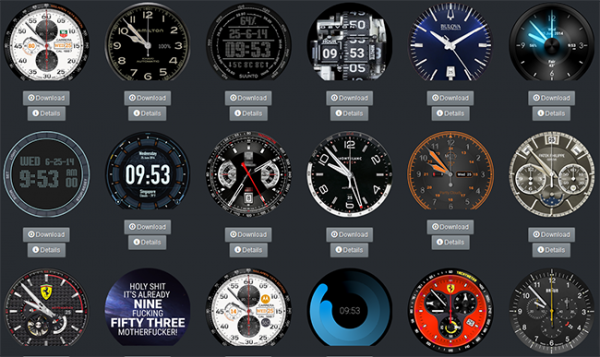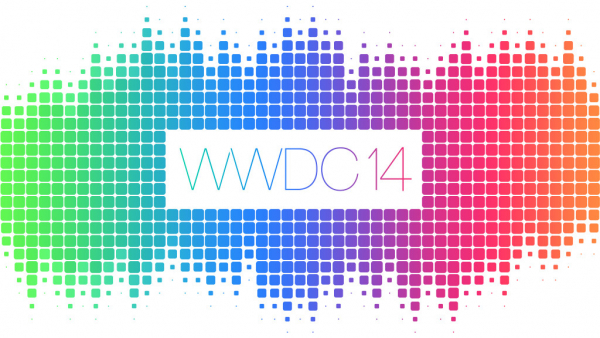Out of all the first-gen Android Wear devices, I like the Moto 360 the best because it actually looks like a watch (albeit a big, masculine watch that looks good on big guys like me but not for most mainstream consumers). But what I find interesting about Motorola's two ads is how they're promoting the not-so-silent vibration mode as a marketable feature.
I think a vibration sound is annoying. Just ask my puppy who freaks out every time he hears my Pebble vibrate.
Apple Watch's "Taptic Engine" is completely silent and according to bloggers with first-hand experience, it literally feels like someone is tapping you.


